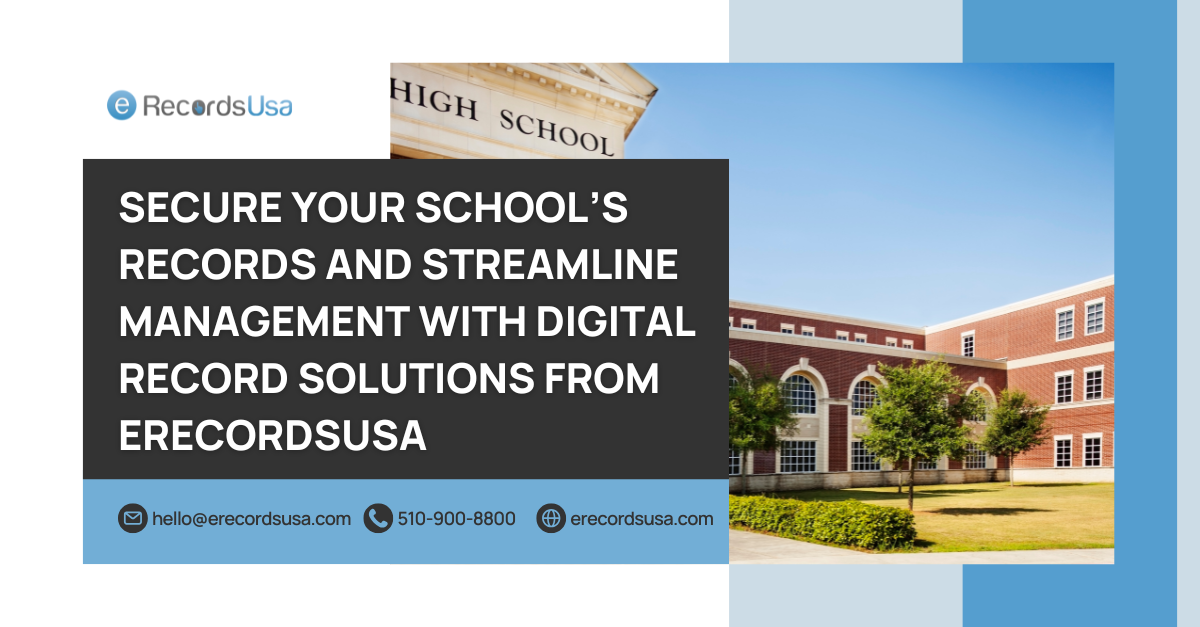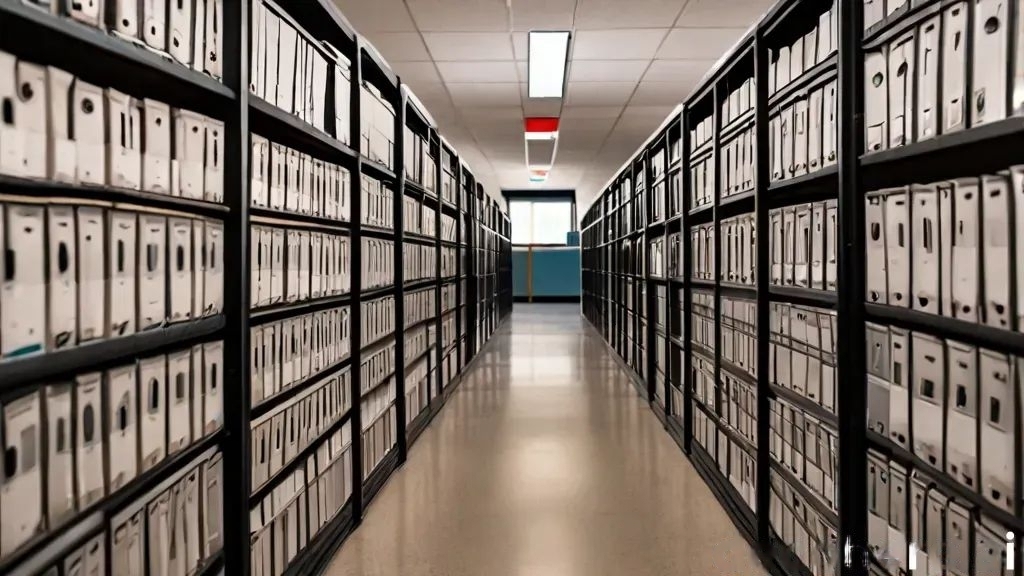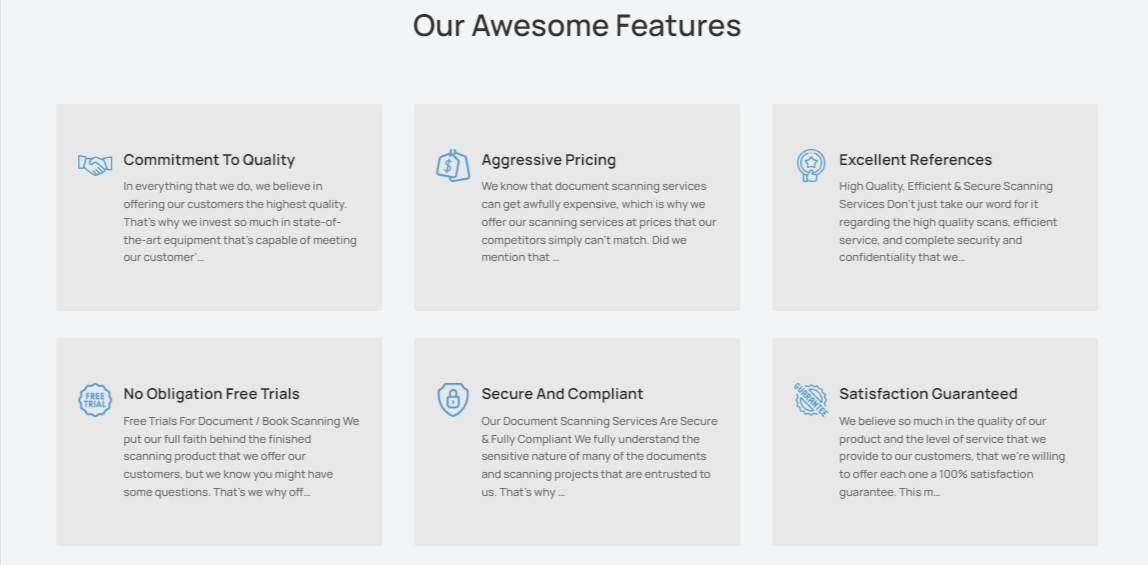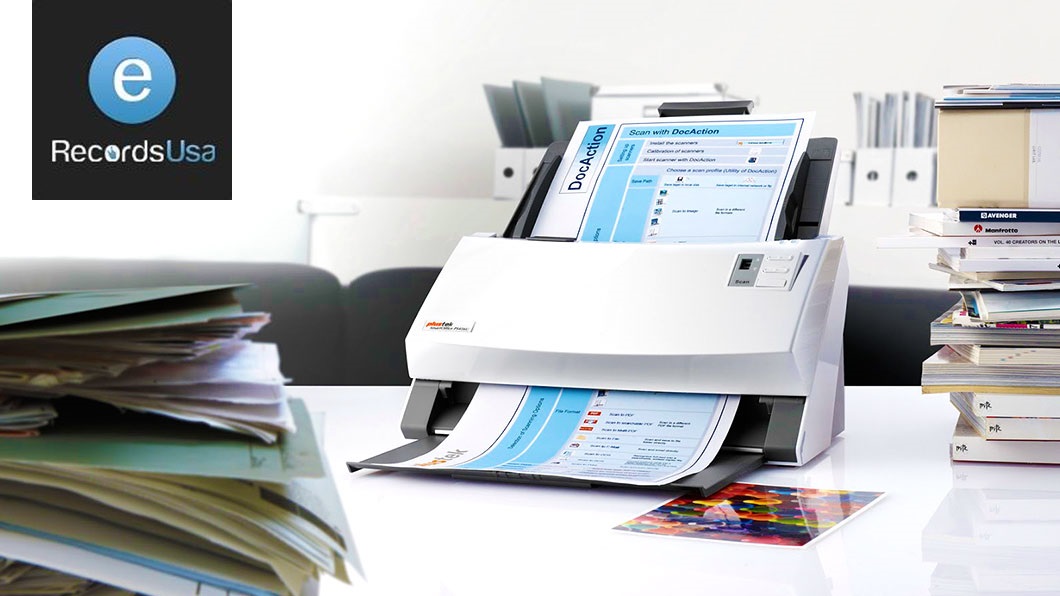Still struggling with cumbersome paper records that slow down your administrative processes? In today’s fast-paced, data-driven world, holding on to outdated paper-based systems is more than just an inconvenience—it’s a significant obstacle to efficiency.
Schools and educational institutions manage a wealth of data, from student transcripts to administrative paperwork, which, if not handled properly, can result in bottlenecks, misplaced information, and compliance risks. Digitizing school records is the way forward. It provides immediate access to student data, simplifies administrative work, and ensures compliance with regulations like FERPA.
The process of digitizing school records is a game-changer for educational institutions. It’s about transforming stacks of paper records into digital files, making them easier to store, search, and manage. Many schools are looking to digitize their records to streamline administrative processes, enhance data security, and provide quick access to information. So, what does digitizing school records really involve, and how can it benefit your institution? Let’s dive in and explore everything you need to know.
Key Benefits of Digitizing School Records for Administration and Student Services
Simply put, digitizing school records means converting physical documents like student records, attendance sheets, transcripts, health forms, and staff files into digital formats. This process often involves scanning documents using optical character recognition (OCR) technology to create searchable text files. By digitizing, schools can store records securely in digital repositories, reduce physical storage space, and improve record retrieval efficiency.
- Space and Storage: Traditional paper records require physical space, filing cabinets, and storage rooms. Digitizing frees up this space for other uses and reduces clutter.
- Data Security: Paper records are vulnerable to damage, theft, or loss due to disasters like fires or floods. Digital records can be encrypted, backed up, and stored securely in the cloud, enhancing privacy and security.
- Ease of Access: Searching through paper files is time-consuming. Digitized records can be accessed within seconds through a search function, saving time for staff, teachers, and administrators.
- Compliance: Schools often need to comply with regulations like FERPA (Family Educational Rights and Privacy Act), GDPR. Digitized records help maintain compliance by securing student data and ensuring accurate record-keeping.
- Efficiency: Digital records facilitate efficient data management, reporting, and analysis, enabling schools to make informed decisions and focus more on education.
By digitizing, your institution isn’t just keeping up with modern trends—it’s setting itself up for long-term success, delivering both administrative efficiency and exceptional student service.
What Challenges Do Schools Face When Digitizing Records?
Despite its advantages, digitizing school records comes with a few challenges:
- Initial Costs: The upfront investment in scanners, software, and personnel training can be significant. However, these costs are often offset by long-term savings in storage, paper, and administrative labor.
- Data Migration: Schools may need to convert existing digital records into new formats or systems. This migration can be complex and time-consuming, requiring careful planning and testing.
- Staff Training: To use the new digital systems effectively, staff members need training on scanning procedures, document management software, and data security protocols.
- Data Privacy: Ensuring that digital records comply with privacy regulations like FERPA is vital. Schools must implement strict data security measures to protect sensitive information.
How to Choose the Right Document Management System for Schools?
When choosing a document management system (DMS) for storing digitized records, consider these key factors:
- Security Features: Look for encryption, multi-factor authentication, and access controls to safeguard sensitive data.
- Scalability: Choose a system that can handle a growing volume of records as the school expands.
- User-Friendliness: The system should have an intuitive interface to ensure staff can use it efficiently without extensive technical expertise.
- Integration: Opt for a DMS that integrates with existing school software, like student information systems (SIS), to streamline data management.
- Support and Training: Select a provider that offers robust support and training resources to help staff adapt to the new system.
How Can Schools Get Started With Digitizing Their Records?
Starting the digitization process can seem overwhelming, but it doesn’t have to be. Here’s a quick guide:
- Plan and Prioritize: Identify which records are most crucial to digitize first. Create a plan that outlines the scope, timeline, and resources needed.
- Choose the Right Tools: Invest in high-quality scanners and OCR software to ensure accurate document conversion.
- Train Staff: Educate the school’s staff on the importance of digitization, the procedures involved, and how to use the new systems.
- Set Up Secure Storage: Implement a secure digital storage solution that offers backup and disaster recovery capabilities.
- Review and Maintain: Regularly review digitized records to ensure data accuracy and consistency. Implement a maintenance plan to keep digital files organized and updated.
The upfront costs of digitizing records can be a barrier for some institutions. Investing in new software, hardware, and the labor required for scanning and categorizing records adds up. However, this is where the long-term savings come into play—over time, schools can reduce storage costs, paper use, and administrative hours. Additionally, partnering with a Educational Document Scanning & Records Management Company can streamline the process, making it more cost-effective by avoiding the need to invest in expensive equipment and training for your internal staff.
How Does the eRecordsUSA Document Digitization Process Work?
Our document scanning company offers a comprehensive, secure, and efficient digitization process tailored to meet the unique needs of educational institutions. Here’s how we handle the process, step-by-step:
- Assessment: We start by evaluating the types and volume of records your school needs to digitize. Our team conducts an on-site assessment to identify key documents, such as student files, attendance logs, grade reports, and health records. This helps us develop a custom digitization plan that suits your school’s specific requirements.
- Preparation: Our trained professionals take care of document preparation by organizing files, removing paper clips, staples, and bindings, and getting them ready for scanning. This meticulous preparation ensures a smooth scanning process and the highest level of accuracy in capturing important information.
- Scanning: We use high-resolution scanners equipped with advanced Optical Character Recognition (OCR) technology. This technology converts printed text into searchable digital text, making it easy to manage student records. Our team handles all types of documents, including older or fragile files, with the utmost care to ensure no data is lost during the process.
- Quality Check: Quality is our top priority. After scanning, our experts conduct a thorough review of the digital files to ensure every detail is accurately captured. We correct any errors or fill in missing data to ensure your records are complete and ready for use.
- Storage: Our student records management solutions include secure, centralized storage options, such as cloud-based Document Management Systems (DMS). This allows your school to access, search, and manage records efficiently while keeping sensitive information protected and compliant with regulations like FERPA.
- Disposal of Physical Copies: Once digitization and verification are complete, we offer secure document disposal services. We can either shred sensitive physical documents on-site or store them off-site as a backup, depending on your school’s preferences.
By following these detailed steps, our document scanning services provide a seamless and secure transition to a digital record-keeping system that meets your school’s needs.
eRecordsUSA: Your Trusted Partner for School Records Digitization
At eRecordsUSA, we specialize in providing comprehensive document scanning services tailored to meet the needs of educational institutions, ensuring the secure and efficient conversion of physical school records into digital formats.
We offer document scanning, microfilm scanning, and document indexing services to help schools transform their records into easily accessible electronic files. With our extensive experience in handling large-scale digitization projects, we ensure your school’s records are properly organized and stored in a secure, cloud-based document management system. This not only enhances data security but also improves overall operational efficiency.
Digitizing your school’s records enables faster access to student files, streamlines administrative workflows, and helps you comply with records retention policies. By optimizing your school’s processes through digitization, you can enhance productivity, ensure disaster recovery preparedness, and ultimately create a more organized, efficient environment for your staff and students.
Connect with eRecordsUSA today for expert school records digitization and document management solutions that will help your institution stay organized, compliant, and ready for the future.
📞 Call Us: +1.510.900.8800
📧 Email Us: [email protected]
🌐 Visit Our Website: https://www.erecordsusa.com/
FAQs About Digitizing School Records
Q1: What is digitizing school records used for?
Digitizing school records is used to convert paper-based records into digital formats. This process enhances data management, security, and accessibility, allowing schools to efficiently store, retrieve, and share information.
Q2: How long does it take to digitize school records?
The time required depends on factors like the volume of documents, the complexity of records, and the scanning technology used. Small projects may take days, while larger archives could take weeks or months.
Q3: Is digitizing records safe for student privacy?
Yes, if proper security measures are implemented. Digital records can be encrypted and protected by access controls to ensure that only authorized personnel can access sensitive student information.
Q4: Can old records be digitized?
Absolutely. Old paper records, regardless of age, can be digitized using high-resolution scanners. However, fragile documents may need special handling to avoid damage during the scanning process.
Q5: What happens to the physical records after digitization?
After digitization, schools can choose to securely dispose of the original paper records (e.g., shredding) or store them in an off-site location as a backup.
By taking steps to digitize school records, educational institutions can unlock new levels of efficiency, security, and compliance. While the process may involve initial investments, the long-term benefits of streamlined administration, cost savings, and data protection are well worth it.

















